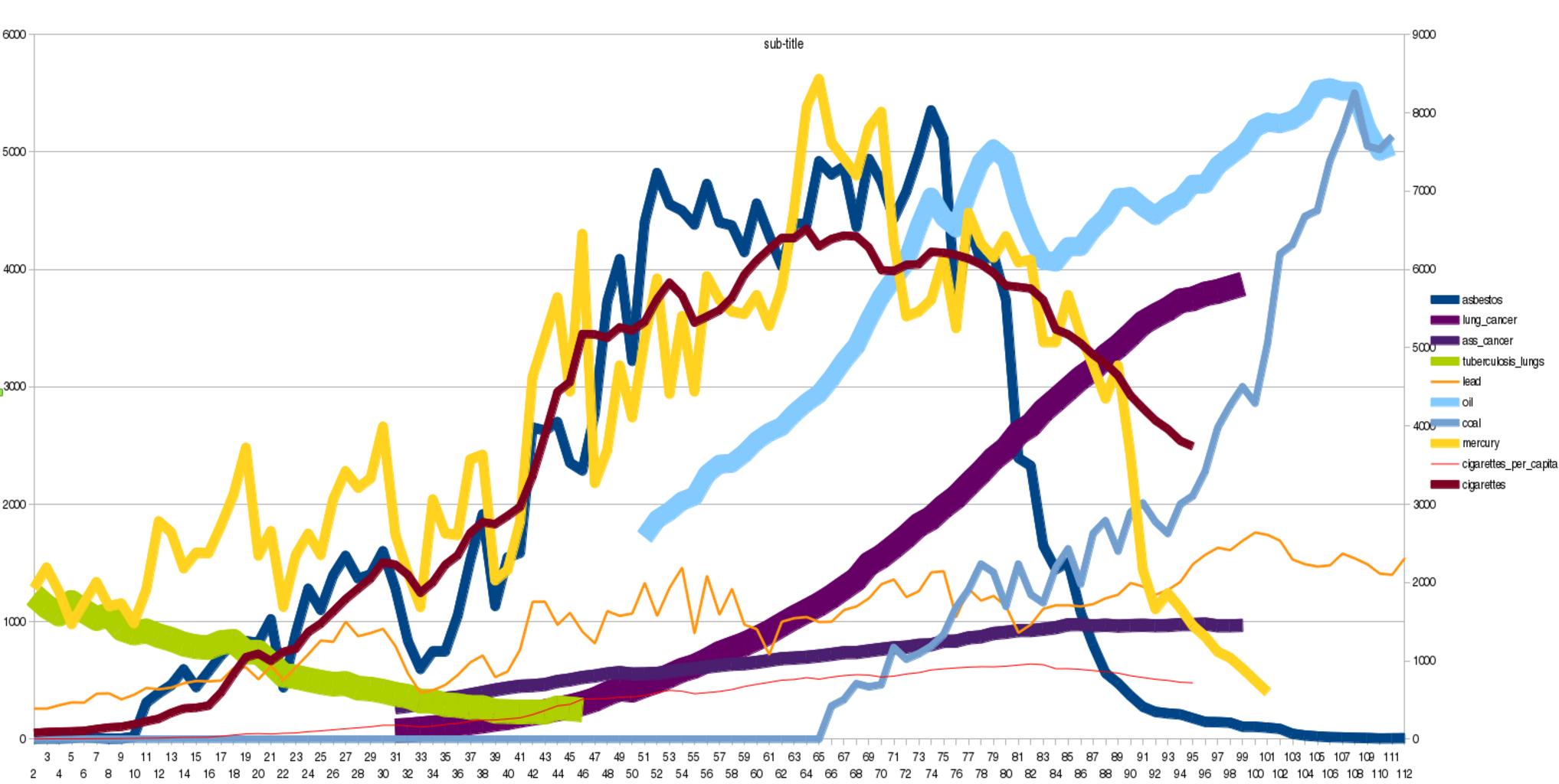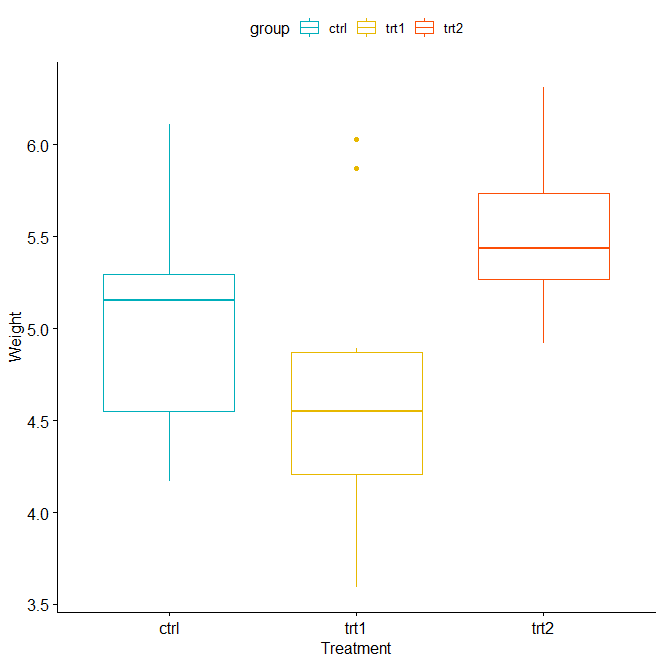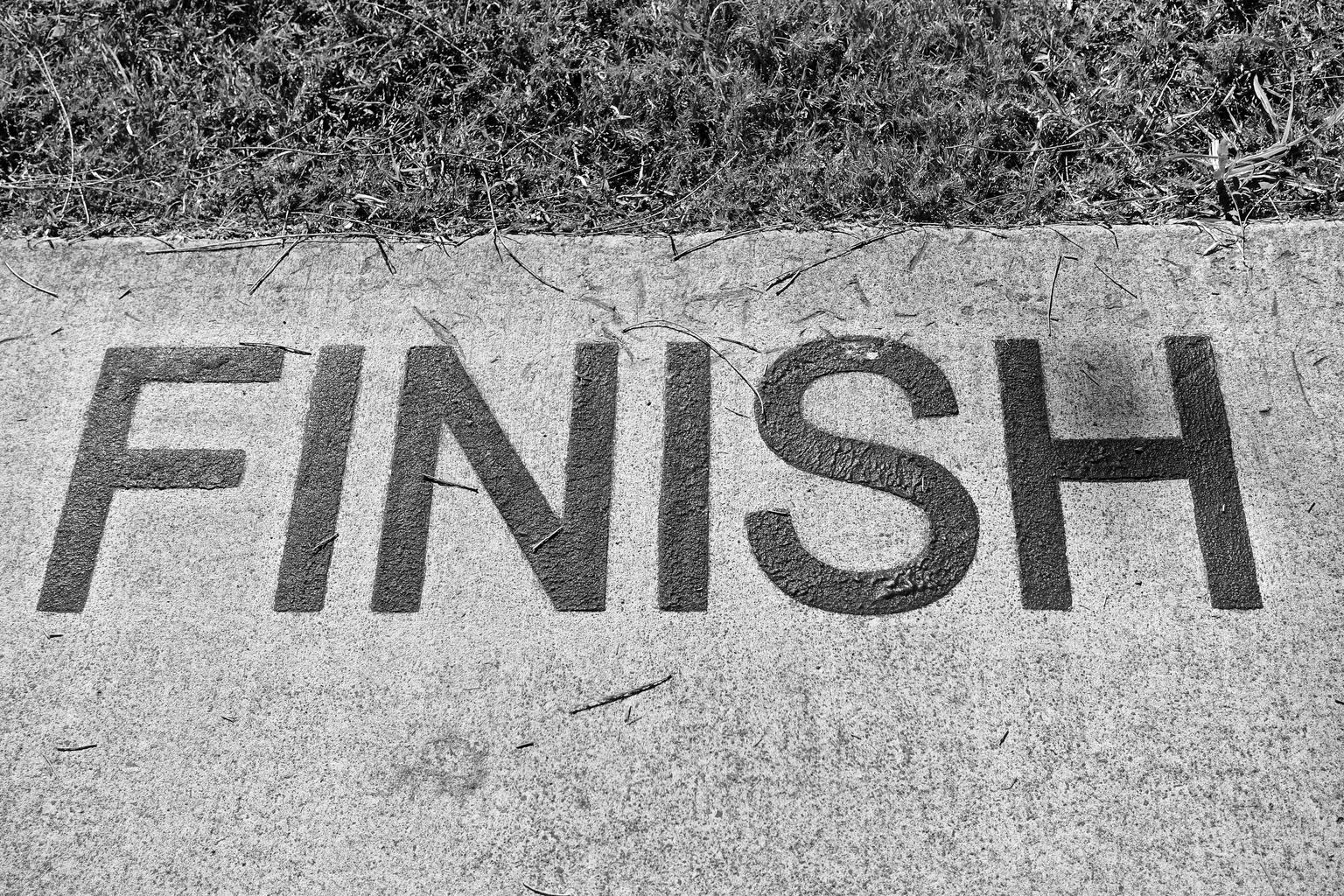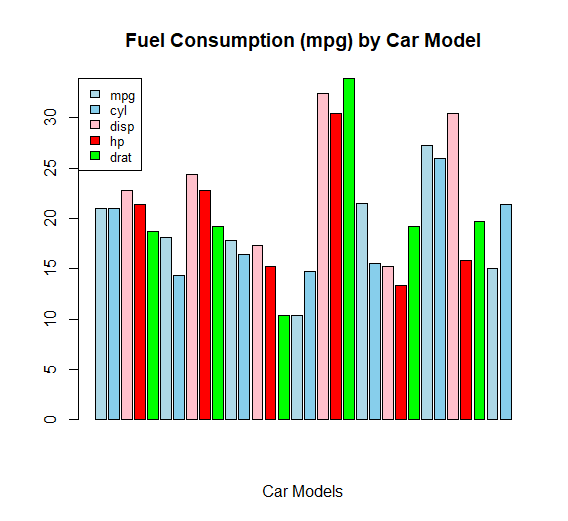A hypothesis represents the assumptions we make to be true while formulating models for data analysis.
Type II Errors in R
Understanding errors in hypothesis testing is essential for making accurate conclusions in research and statistical analyses.
What is Error in Hypothesis Testing?
In the context of hypothesis testing, an error refers to the incorrect approval or rejection of a specific hypothesis. There are primarily two types of errors associated with hypothesis testing:
- Type I Error (Alpha Error): This error occurs when we reject the null hypothesis (H₀) when it is actually true. Type I errors are often referred to as false positives, similar to a medical test indicating a disease when the patient is healthy.
- Type II Error (Beta Error): This error occurs when we fail to reject the null hypothesis (H₀) when it is false, meaning the alternative hypothesis (H₁) is true. Type II errors are referred to as false negatives, akin to a medical test failing to detect a disease that is present.
Key Notations
- H₀ = Null Hypothesis
- H₁ = Alternative Hypothesis
- P(X) = Probability of event X
Mathematical Definitions
- Type I Error: The probability of rejecting H₀ when it is true is represented mathematically as:
P({Reject H₀ | H₀ True}) - Type II Error: The probability of failing to reject H₀ when it is false is expressed as:
P({Accept H₀ | H₀ False})
Real-World Example: Jury Decisions
To illustrate these concepts, consider a jury making a decision on a criminal case. The two possible hypotheses are:
- H₀: The convict is not guilty
- H₁: The convict is guilty
In this scenario:
- Type I Error: Convicting an innocent person (an innocent person is found guilty).
- Type II Error: Acquitting a guilty person (a guilty person is found not guilty).
Calculating Type II Error Using R Programming
Calculating Type II Error can be straightforward, and this article will guide you through the process using R programming.
The formula for Type II Error is:
P({Fail to Reject H₀ | H₀ False})
R Code to Calculate Type II Error
To compute Type II Error in R, you can use the following function:
# A small function to calculate the type II error in R
typeII.test <- function(mu0, TRUEmu, sigma, n, alpha, iterations = 10000) {
pvals <- rep(NA, iterations)
for(i in 1:iterations) {
temporary.sample <- rnorm(n = n, mean = TRUEmu, sd = sigma)
temporary.mean <- mean(temporary.sample)
temporary.sd <- sd(temporary.sample)
pvals[i] <- 1 - pt((temporary.mean - mu0) / (temporary.sd / sqrt(n)), df = n - 1)
}
return(mean(pvals >= alpha))
}
Data Analysis in R
Statistical Analysis» Statistics Methods » Quick Guide »
Power BI Archives »








